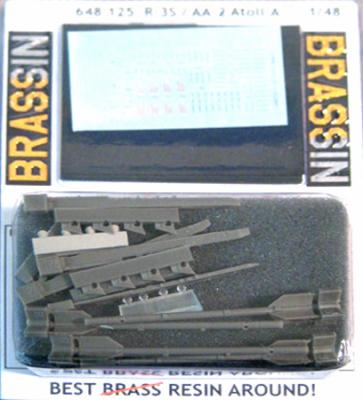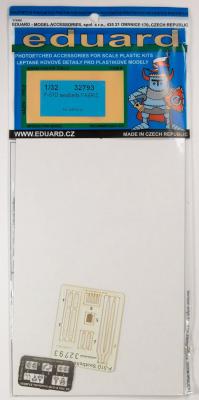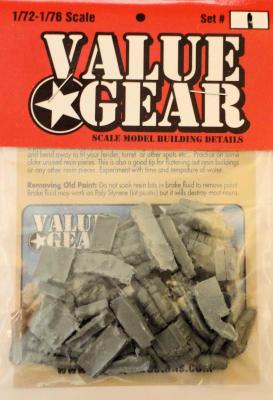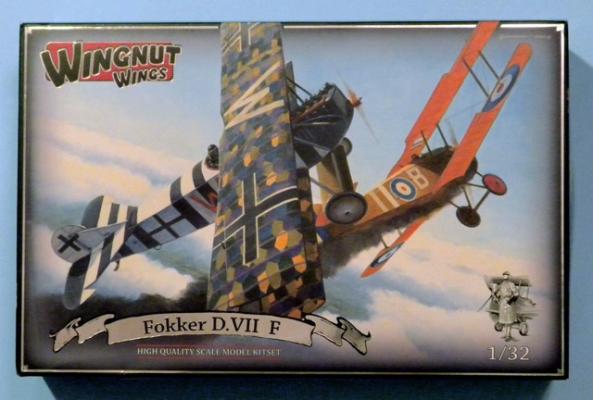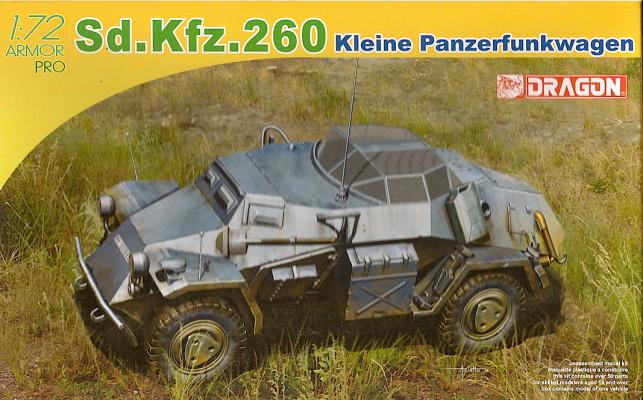The MiG-21 family of aircraft is known for their air to air capability. The big part of that capability was the development of the Atoll Air to Air missile system.
The Eduard MiG-21s are some of the best kits available in plastic and that transfers over to the armament as well. But as always plastic can only do so much. That is where the resin comes in. The Brassin range of aftermarket is designed directly by Eduard to replace select parts on their kits. Because it is designed by them they will always fit perfectly.
The resin is a dark grey type with simply no blemishes or bubbles anywhere. The pour blocks are very small and are easy enough to remove. There are 28 grey resin pieces with detail that just can’t be replicated in plastic. You get four launch rails, four missiles and 16 maneuvering fins and four warhead covers. If you don’t like the covered warhead you can have the clear nose cone. There are four clear nose cones molded perfectly in clear resin.

